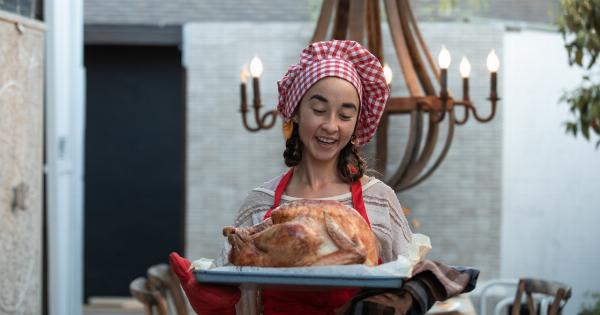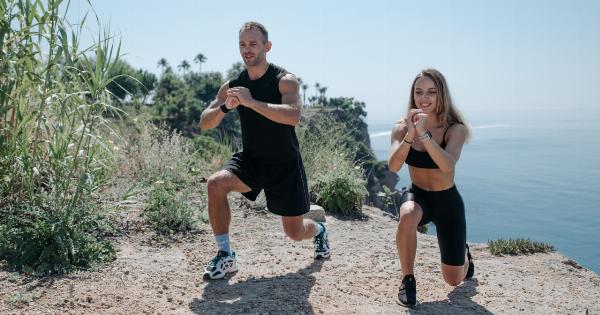When the temperature drops, our bodies undergo various physiological changes to adapt to the cold. One such change is an increase in the number of calories burned to generate and maintain body heat.
In this article, we will explore how many calories you burn in freezing temperatures and the factors that influence this energy expenditure.
Understanding Basal Metabolic Rate (BMR)
Before diving into the impact of freezing temperatures on calorie burning, it is essential to comprehend the concept of Basal Metabolic Rate (BMR).
BMR refers to the number of calories your body needs to maintain its basic functions at rest, such as breathing and heart rate. It is influenced by several factors like age, gender, weight, and muscle mass.
The Role of Thermogenesis
When exposed to cold temperatures, the body activates a process called thermogenesis to generate heat and maintain its core temperature.
This process involves increased calorie expenditure, primarily through the activation of two types of adipose tissue: white fat and brown fat.
Brown Fat Activation
Brown fat, unlike white fat which acts as a storage site, is responsible for generating heat. When exposed to freezing temperatures, brown fat is stimulated and begins burning calories to produce warmth.
Research suggests that lean individuals tend to have more active brown fat, contributing to increased calorie burning in the cold.
Shivering and Calorie Expenditure
Shivering is an involuntary muscle contraction that occurs in response to cold temperatures. It is the body’s way of generating heat. Shivering can significantly increase calorie burning, as it activates various muscle groups simultaneously.
However, it is important to note that shivering alone may not be sufficient to combat freezing temperatures for prolonged periods.
Outdoor Activities and Caloric Expenditure
Engaging in outdoor activities during freezing temperatures can also lead to significant calorie burning.
Activities like skiing, snowboarding, or even walking through the snow require more energy expenditure compared to the same activities performed in milder climates. The body has to work harder to stay warm and maintain its core temperature, resulting in increased calorie burning.
Impact of Clothing and Insulation
The clothing and insulation you wear in freezing temperatures play a crucial role in determining the amount of calorie burning. Wearing multiple layers of clothing helps trap warm air close to the body, reducing heat loss.
This, in turn, decreases the energy expended to maintain body temperature, resulting in lower calorie burning compared to being in the same temperature without proper insulation.
Factors Affecting Calorie Burning in the Cold
Several factors influence the number of calories burned in freezing temperatures:.
1. Age
Age plays a role in calorie burning as the metabolic rate tends to decrease with age. Older individuals may burn fewer calories in the cold compared to younger individuals.
2. Gender
Men generally have a higher muscle mass and metabolic rate than women, resulting in higher calorie burning in both warm and cold conditions.
3. Weight and Body Composition
Body weight and composition also impact calorie burning. Individuals with higher muscle mass tend to have a higher metabolic rate and burn more calories in freezing temperatures.
4. Environmental Factors
The severity and duration of cold exposure influence calorie expenditure. Prolonged exposure to extremely low temperatures will require the body to burn more calories to maintain its core temperature.
5. Activity Level
The level of physical activity, both indoor and outdoor, contributes to calorie burning. Engaging in moderate-to-high intensity exercise or activities in freezing temperatures can significantly increase energy expenditure.
Conclusion
In freezing temperatures, your body burns more calories to generate and maintain heat through thermogenesis, shivering, and engaging in outdoor activities.
Factors such as age, gender, weight, body composition, clothing, insulation, and environmental factors also play a role in determining the number of calories burned. It’s important to listen to your body’s cues and make appropriate clothing choices to ensure comfort and safety in extreme cold conditions.






























